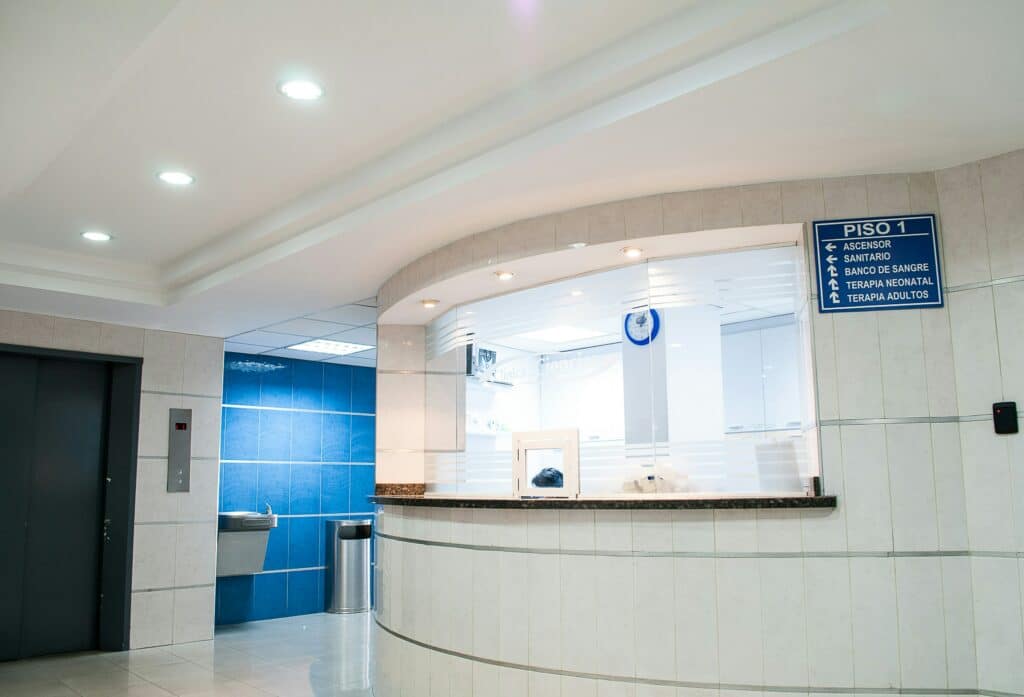Dialysis water control: managing hardness to ensure treatment quality
The importance of dialysis water control for patient safety
In a dialysis unit, water quality is a critical and mandatory parameter to monitor. It directly affects both the efficiency of treatments and the performance of dialysis machines. For medical and technical teams, the challenge lies in quickly and efficiently ensuring that the water is properly softened before each use.

Water: a central element in dialysis treatment
The dialysate, the liquid used during dialysis, is mostly made up of water. Each session exposes the patient to large volumes, making it crucial to regularly monitor water hardness and chemical properties — from the treatment room to the dialysis generator.
The water used to prepare the dialysate does not come directly from the public network. Before reaching the dialysis machines, it goes through several purification stages in a dedicated treatment room:
- Pre-treatment: tap water passes through filters, activated carbon filters, and a softener.
- Treatment: the pre-treated water then enters the core of the system — the reverse osmosis unit (often a dual-osmosis system) — which removes nearly all remaining ions, bacteria, and contaminants to achieve ultrapure water quality.
The softener plays an essential role: it removes calcium and magnesium minerals that could clog and damage the delicate membranes of the reverse osmosis system.
Nurses and maintenance technicians are responsible for monitoring both the installations and the dialysis generators, ensuring that each unit receives water that meets strict hospital standards — a key factor for safe, effective treatment.
Water hardness: a critical parameter to control
Water hardness refers to the concentration of calcium and magnesium ions. In dialysis, hardness must be completely removed during pre-treatment to protect the entire purification chain and ensure that the final dialysate meets Pharmacopoeia standards.
Accurate monitoring of this parameter is essential to maintaining a safe and stable treatment environment.
Understanding water hardness in simple terms
- Total hardness, expressed in French degrees (°f), represents the concentration of calcium and magnesium salts.
- Raw water naturally contains minerals.
- Softened water has been treated to remove these ions using a softener.
- Osmosed water is filtered to achieve optimal purity.
After softening, hardness should be as close to 0 °f as possible. If the threshold is exceeded, the softener must be regenerated before the next dialysis session.
Why test water hardness in a dialysis system?
Poorly softened water (due to pre-treatment failure) leads to scale deposits. The primary risk is irreversible damage to the reverse osmosis membranes — the most critical purification step.
In the short term, a softener malfunction can cause an osmosis system failure, stopping the production of ultrapure water. In the long term, if hard water reaches the generators, it can cause equipment breakdowns, service interruptions, and higher maintenance costs.
Regular monitoring of hardness at the outlet of the softener helps prevent failures, preserve the osmosis membranes, and ensure continuity of care.
How to check water hardness in dialysis
Monitoring water quality relies on simple, reproducible methods. During pre-treatment, quick hardness checks are performed on-site to confirm proper softener performance before dialysis sessions begin.

Best practices for sampling and analyzing dialysis water
Hardness tests should be carried out at a strategic control point: at the softener outlet (before the osmosis unit). Samples should be taken in a clean container and analyzed immediately.
Documenting these checks — usually in a maintenance logbook — ensures reliable traceability and quality control.

Using a reliable and rapid hardness test kit
Hardness analysis kits offer a simple and effective solution. They allow technicians and nurses to verify residual hardness after the softener. The colorimetric test provides an immediate visual reading — with just a few drops, the performance of the pre-treatment system is confirmed.
AQUALABO solutions: ensuring reliable dialysis water analysis
In healthcare environments, having tools that are simple, fast, and precise makes all the difference.
Aqualabo TH hardness test kits enable dialysis teams to combine reliability, efficiency, and safety, maintaining full control over the quality of the water feeding the dialysis generators.
TH Hardness Test Kit: fast and compliant with hospital standards
During daily checks, technicians or nurses take a water sample at the softener outlet, in the treatment area connected to the dialysis machine. The TH Hardness Test Kit provides a quick, visual verification.
Reading guide:
- Blue = Soft water, compliant
- Red / Purple = Hard water, regeneration required

Tools designed for dialysis departments
Designed for fast and intuitive use, our kits measure the calcium content of water (hydrotimetric title – TH).
- Fast and simple to use: reliable visual test results in just minutes.
- Responsive and effective: the softener can be regenerated immediately if a deviation is detected.
- Safe for patients: each generator operates with water that meets strict medical standards.
Aqualabo: a trusted partner in the healthcare sector
Aqualabo supplies its test kits to leading companies in the medical field — including organizations specializing in vital organ support and renal care.
Among its partners are a renowned German healthcare group recognized for its expertise in dialysis, and a French company dedicated to developing medical devices for treatment centers.
Their shared goal: to improve the care of patients with renal failure.
By providing reliable, user-friendly tools that meet hospital standards, Aqualabo contributes every day to ensuring the quality of water used in dialysis treatments.


